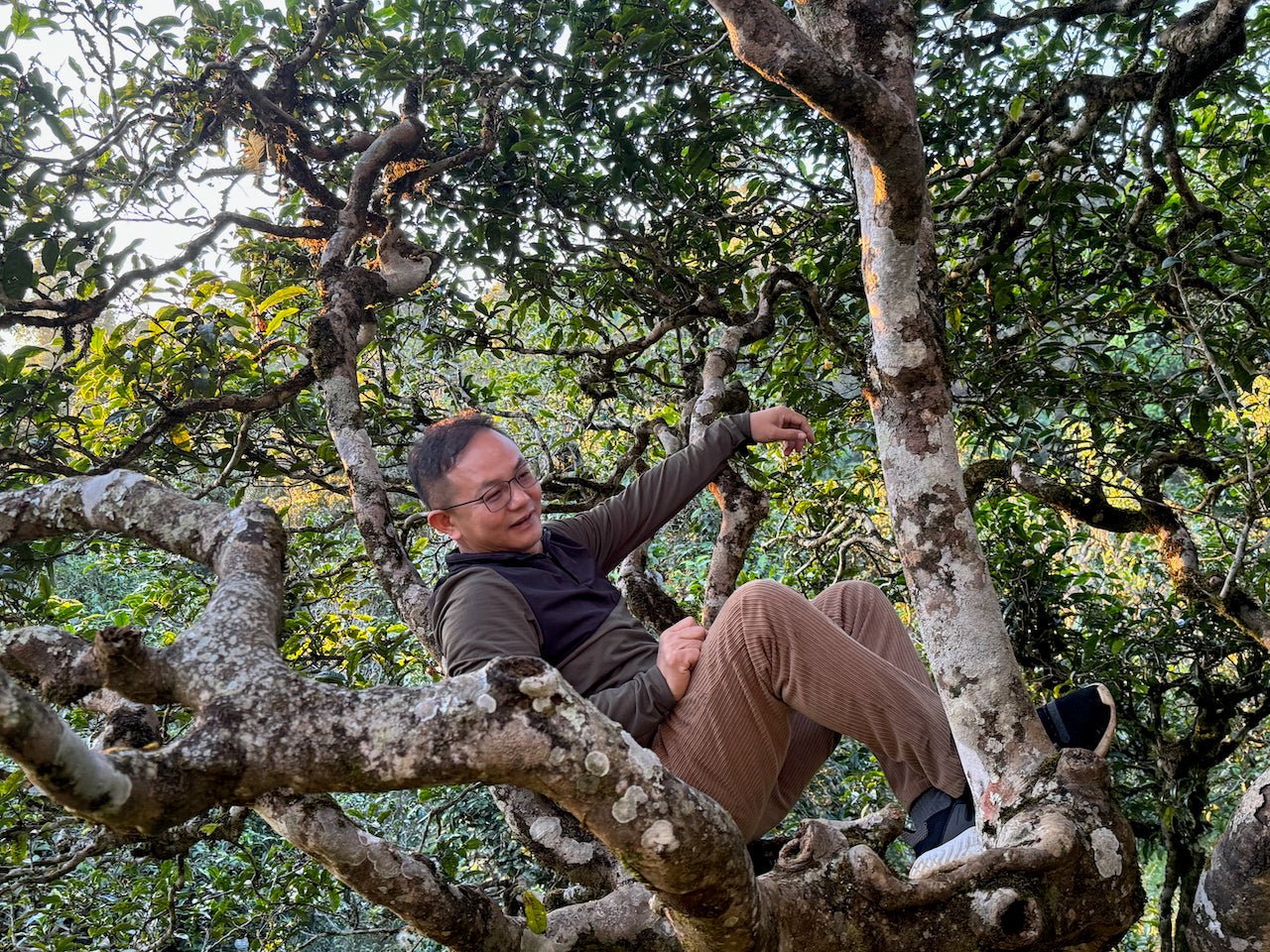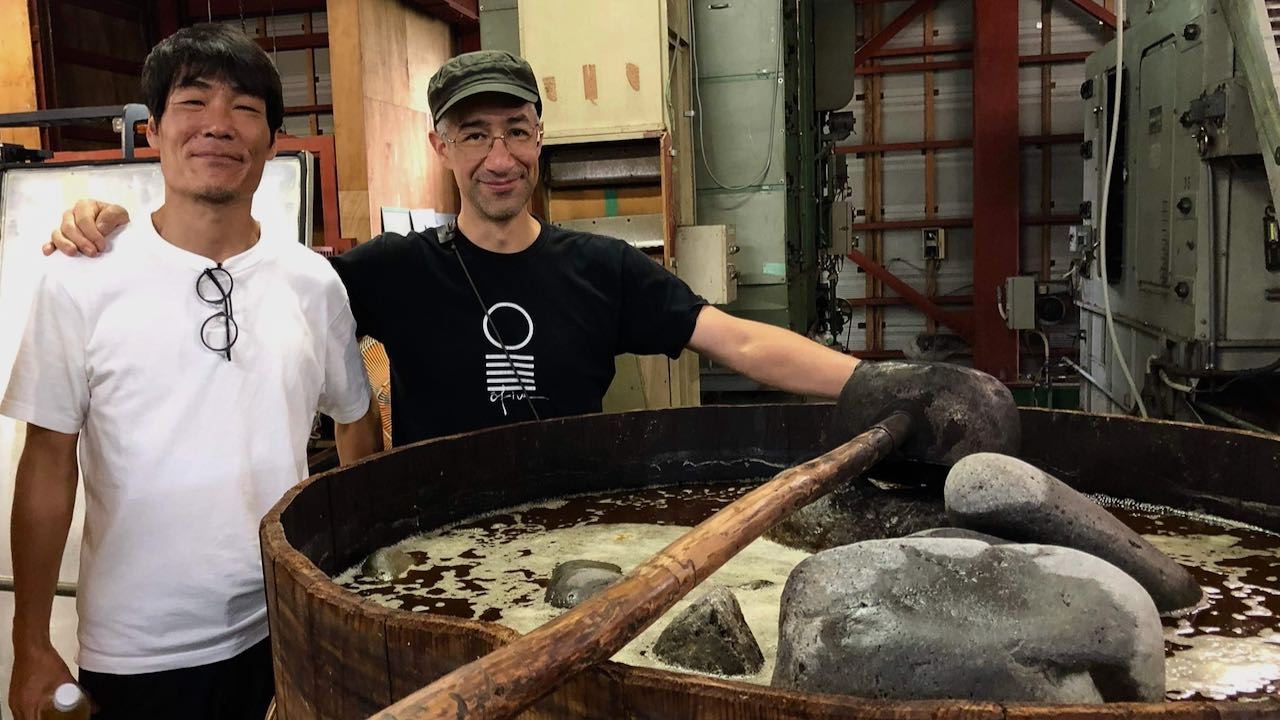What is GuShu and why should you drink it?

If you are a Chinese tea afficionado you are very likely to have encountered the term Gǔ Shù (古樹), or heard it pronounced as 'GooShoo' by most English speakers. You may also meet folks who claim to drink 'nothing but aged GuShu' - the only acceptable tea on Earth.
So what is GuShu? In short:
Gǔ (古): ancient
Shù (樹): tree
Problem #1: unfortunately, it is hard to find consensus on how exactly to define 'ancient' when it comes to tea trees. The good folks at Mei Leaf define it as 200 years and those at Bitterleaf as >150. Some merchants would call GuShu a 100 year old tree.
Problem #2: with very few exceptions (where a botanist has accurately assessed the age of the plant), the age of many of those old tea trees is the best guess of a farmer or merchant. When you hear someone say confidently that a tree is 1000 years old... it could be simply that it is a very old, wnarly and big tree that was very likely growing happily before the United States declared its independence.
For the sake of this exercise, let's define GuShu (古樹) as tea from a producer that we trust to have farmed it from very big trees that are most likely several hundred years old. Do we have scientific proof of the age of the tree? In most cases, no. Have we climbed some of those giant trees that our friends harvest to make their tea? Yup! Quite a few. More on that below.

Why should you drink GuShu? We are not here to say that you should ONLY drink tea from these ancient trees; there is a lot of delicious tea in this world, and some comes from scrawny younger tea bushes. But... it's absolutely true that some of the most glorious tea comes from these venerable ancient plants. We are very thankful to those farmers who care for, protect and responsibly harvest these very old tea plants.







Comments